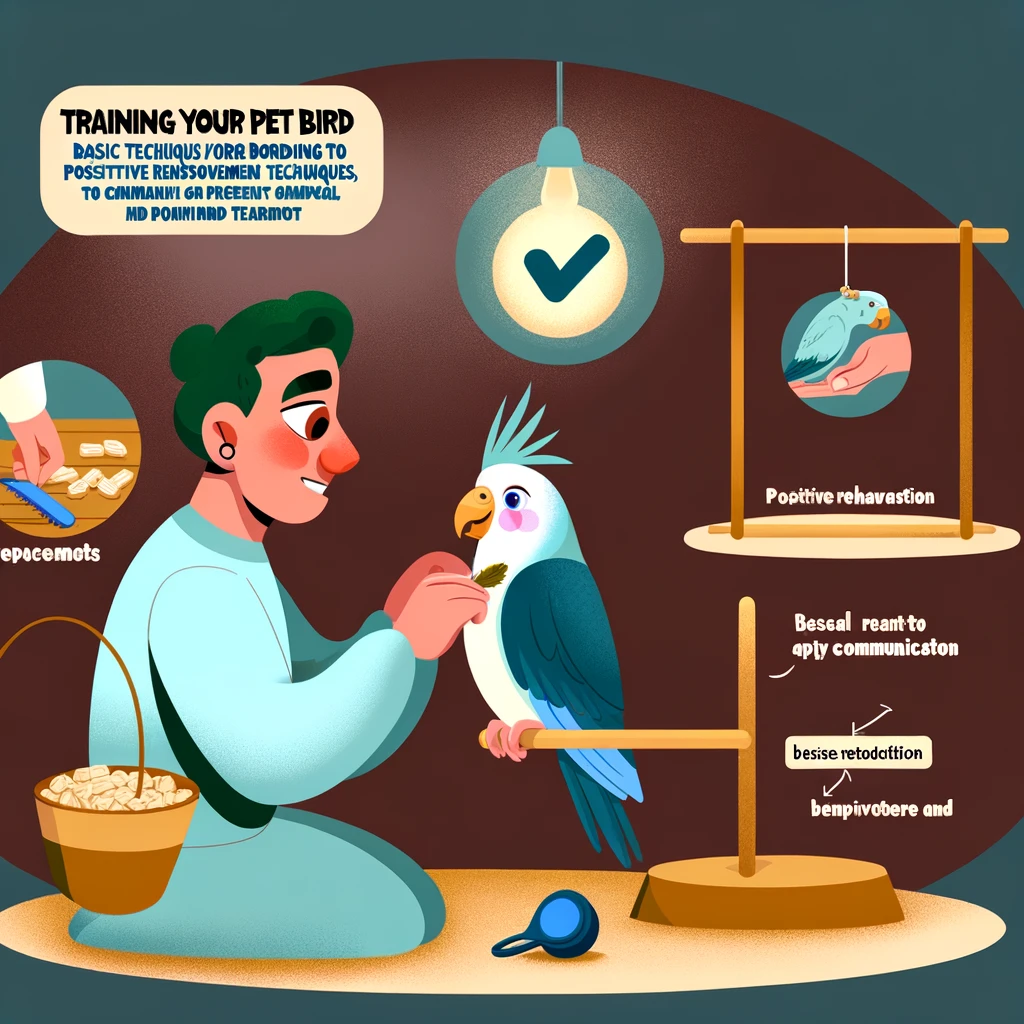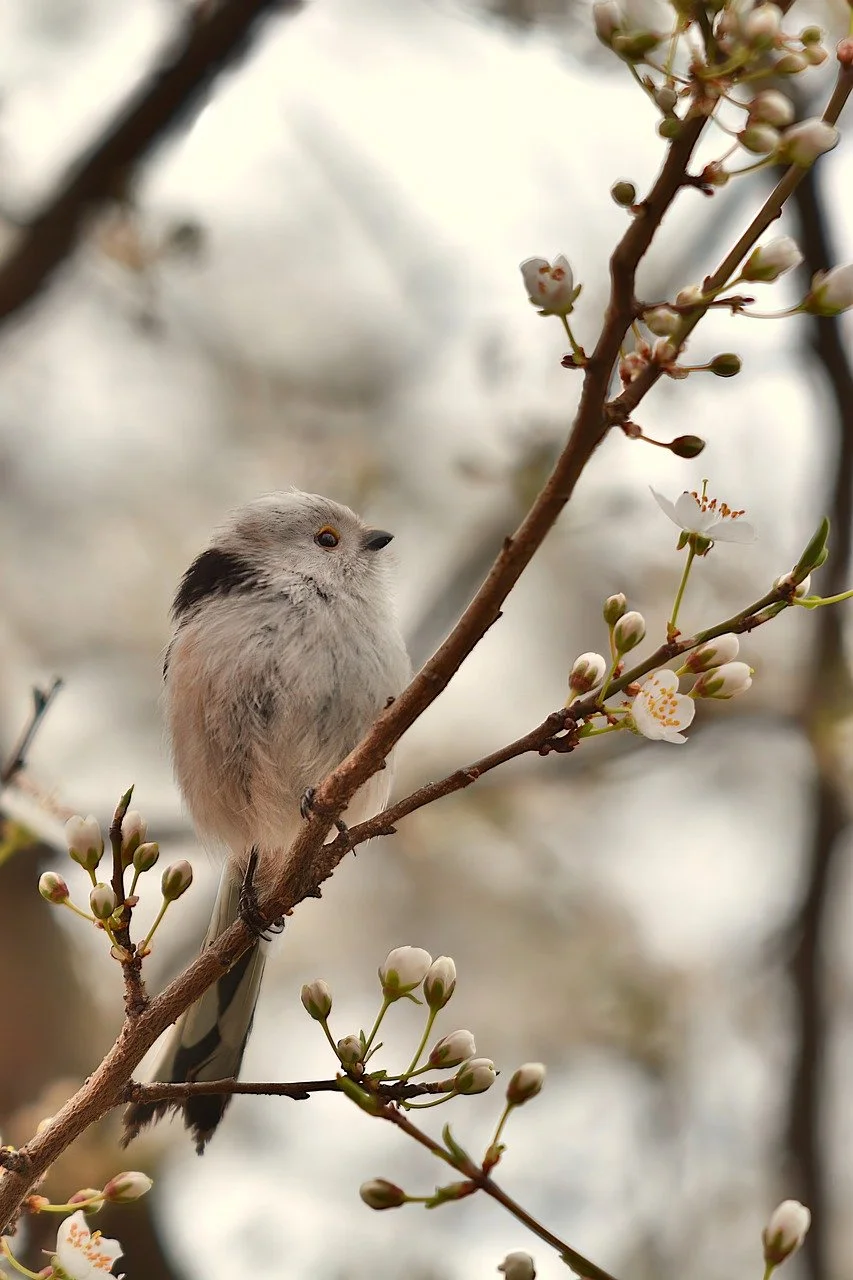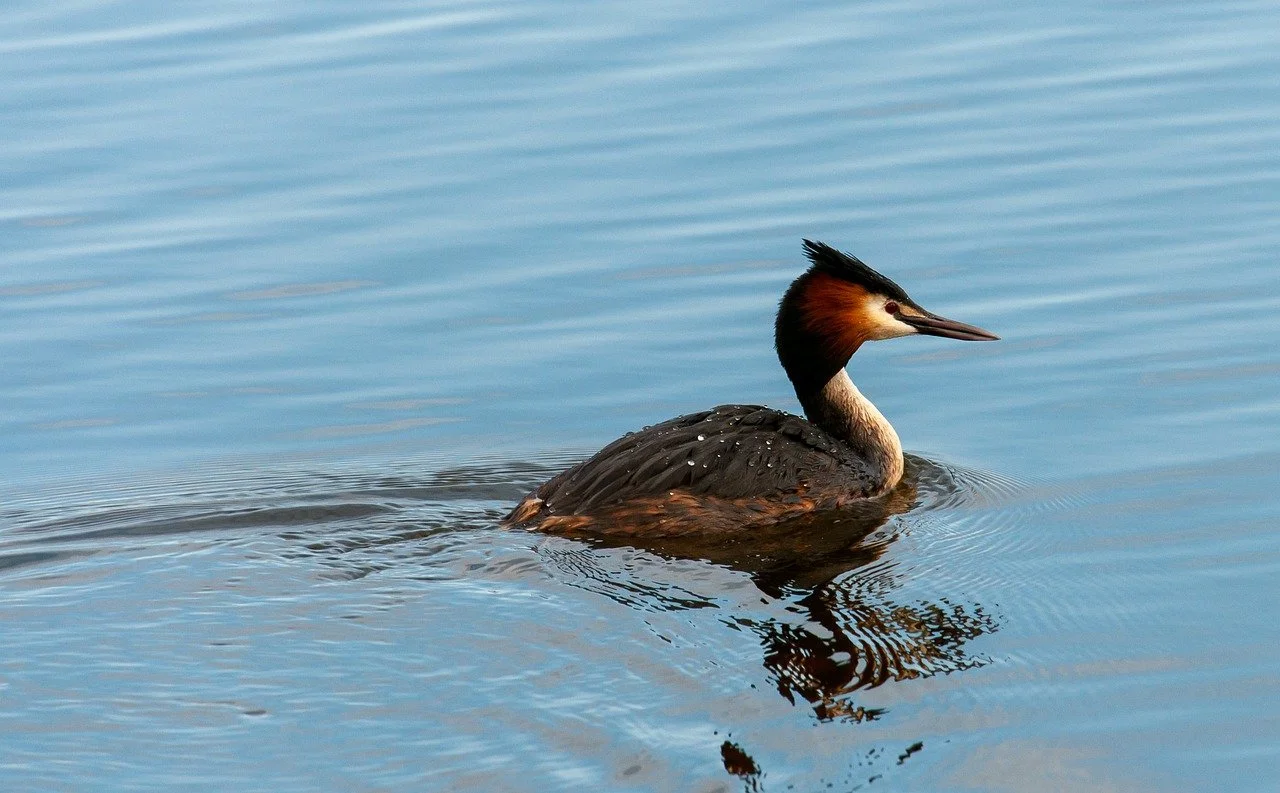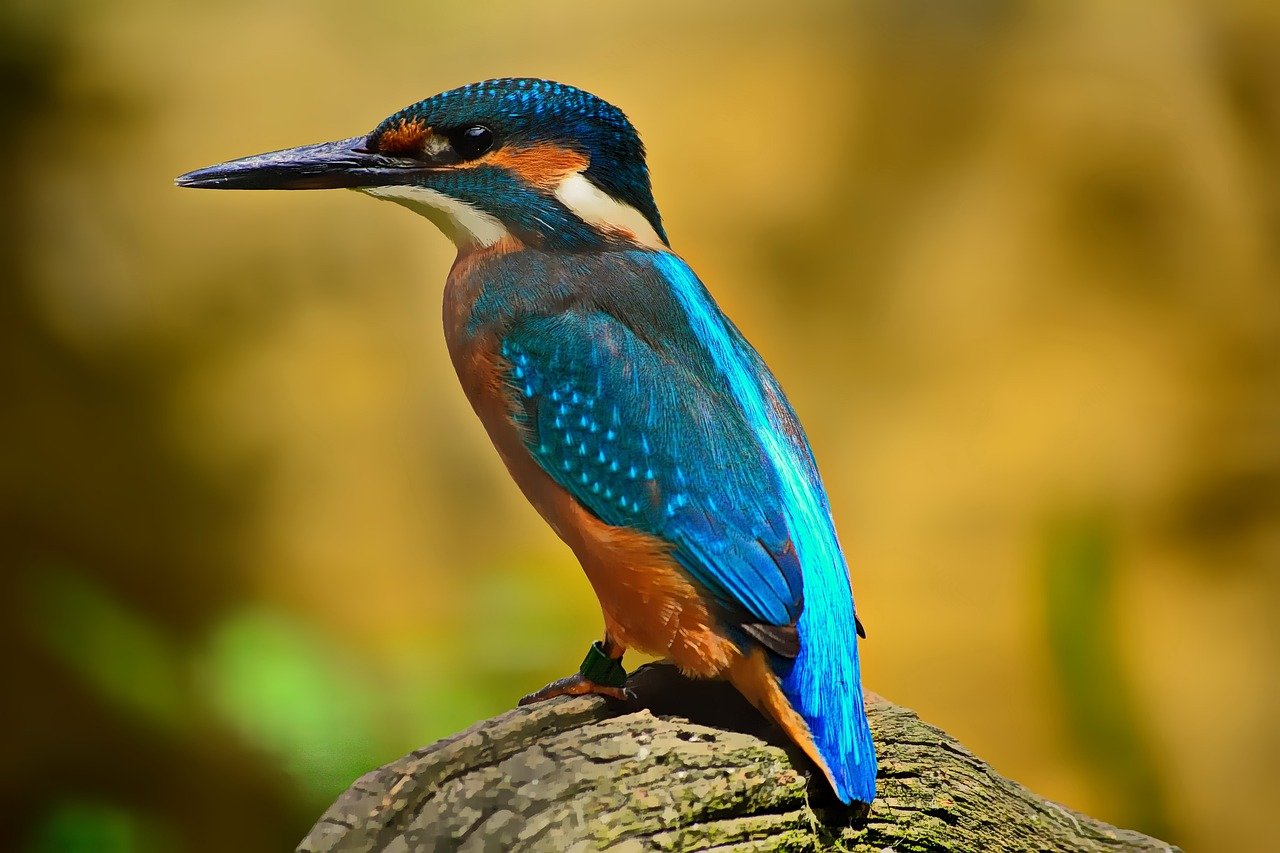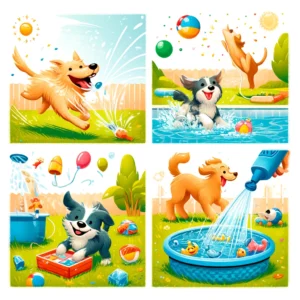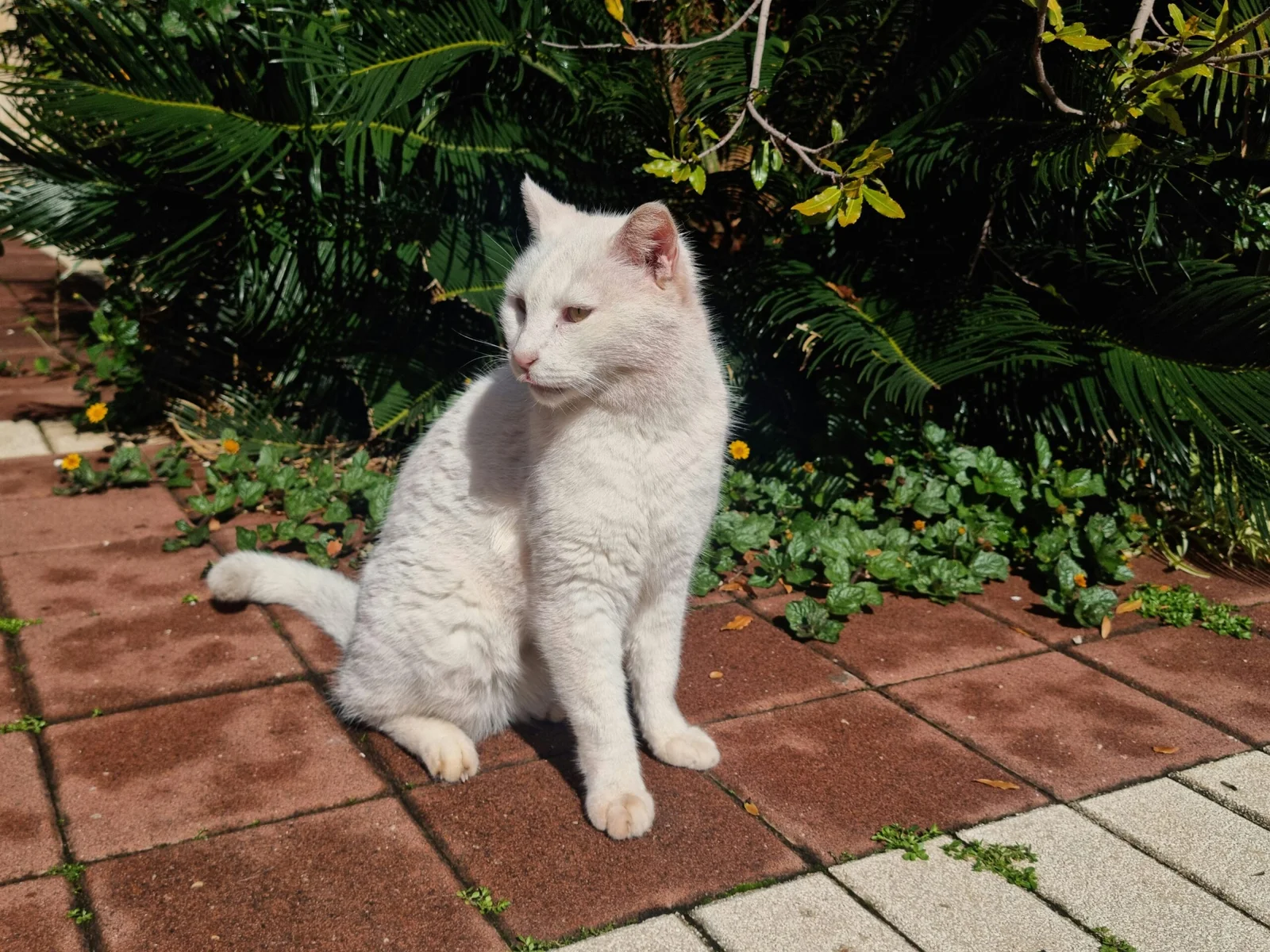Training Your Cocorito: Basic Techniques for Bird Bonding and Behavior
One of the first things to keep in mind when training your pet bird is that patience is key. Birds are intelligent creatures, but they can also be easily distracted or overwhelmed. It’s important to start with simple commands and gradually build up to more complex behaviors.
One of the most important commands to teach your pet bird is the “step up” command. This command is used to teach your bird to step onto your hand or a perch. To begin, place your hand or perch near your bird and say “step up” in a calm and encouraging tone. Gently press your finger against your bird’s lower chest to encourage them to step onto your hand. When they do, reward them with a treat and lots of praise. Repeat this process several times a day until your bird is comfortable stepping up onto your hand or perch.
Once your bird has mastered the “step up” command, you can move on to teaching them other basic behaviors. One useful behavior to teach your bird is the “target” command. This command involves teaching your bird to touch a specific object with their beak, such as a small stick or a target stick. To begin, hold the target stick near your bird and say “touch” or “target” in a clear and consistent voice. When your bird touches the target stick with their beak, reward them with a treat and praise. Gradually increase the distance between the target stick and your bird, and continue to reward them for touching the target. This behavior can be useful for training your bird to move to different locations or to perform more complex tricks.
In addition to teaching specific commands, it’s also important to provide your pet bird with plenty of mental and physical stimulation. Birds are naturally curious and active creatures, and they thrive on mental and physical challenges. Provide your bird with a variety of toys, puzzles, and foraging opportunities to keep them entertained and engaged. You can also rotate their toys regularly to keep things interesting.
Remember, training your pet bird takes time and consistency. Be patient with your bird and celebrate their successes, no matter how small. With time and practice, you and your feathered friend will develop a strong bond and enjoy a lifetime of learning and fun together.
Understanding Bird Behavior
Before diving into the training techniques, it’s important to have a basic understanding of bird behavior. Birds are intelligent creatures with unique personalities, and they have specific needs and instincts. By understanding their natural behavior, you can better tailor your training methods to suit their needs.
Some common behaviors in pet birds include:
- Vocalization: Birds communicate through chirping, singing, and talking. This vocalization serves various purposes, such as attracting mates, warning others of potential danger, or expressing their emotions. Each species of bird has its own unique vocal repertoire, and some birds can even mimic human speech.
- Feather Preening: Birds groom their feathers to keep them clean and in good condition. Preening involves using their beaks to align and zip the barbs of their feathers, removing dirt, dust, and parasites. It is not only a hygienic behavior but also a way for birds to maintain their feathers’ insulation and waterproofing properties.
- Foraging: Birds have a natural instinct to search for food, even in captivity. In the wild, birds spend a significant amount of their time foraging for a variety of food sources. This behavior is not only essential for their survival but also provides mental stimulation. In captivity, it’s important to provide birds with opportunities to forage to prevent boredom and encourage natural behaviors.
- Flight: Although many pet birds have clipped wings, they still have a desire to fly. Flight is a fundamental behavior for birds, allowing them to navigate their environment, escape from predators, and search for food and shelter. Even if they cannot fly long distances, providing birds with enough space to exercise their wings and encouraging short flights can help maintain their physical and mental well-being.
- Playfulness: Birds are curious and enjoy playing with toys and exploring their environment. Play is an important behavior for birds as it helps them develop problem-solving skills, relieve stress, and keep their minds active. Providing a variety of toys, puzzles, and opportunities for interaction can help satisfy their playful nature and prevent boredom.
By understanding and respecting these natural behaviors, bird owners can create a stimulating and enriching environment for their avian companions. This, in turn, can lead to a stronger bond between the bird and its owner and contribute to the overall well-being and happiness of the bird.
Positive Reinforcement
Positive reinforcement is a key component of bird training. This training technique involves rewarding your bird for exhibiting the desired behavior. By using positive reinforcement, you can encourage your bird to repeat the behavior in the future.
Some examples of positive reinforcement for birds include:
- Treats: Using small, healthy treats as a reward when your bird performs the desired behavior. For example, if you are training your bird to step onto your hand, you can offer a small piece of fruit or a sunflower seed as a treat when they successfully step onto your hand.
- Praise: Offering verbal praise and affectionate gestures, such as gentle petting or a scratch on the head. Birds respond well to positive vocal cues, so using a cheerful tone of voice and saying phrases like “Good job!” or “Well done!” can reinforce the desired behavior.
- Clicker Training: Using a clicker to mark the desired behavior, followed by a treat as a reward. Clicker training is a popular method used in bird training because it provides a clear and consistent signal to the bird that they have performed the correct behavior. The clicker sound is paired with a treat, so the bird learns to associate the sound with a positive outcome.
Positive reinforcement is effective because it creates a positive association in the bird’s mind between the desired behavior and a pleasant outcome. This encourages the bird to repeat the behavior in order to receive the reward. It is important to be consistent with your use of positive reinforcement and to reward the bird immediately after they perform the desired behavior. This helps to reinforce the connection between the behavior and the reward.
When using positive reinforcement, it is also important to consider the individual preferences and motivations of your bird. Some birds may be highly motivated by food rewards, while others may respond better to praise or playtime. By understanding what motivates your bird and tailoring your rewards to their preferences, you can maximize the effectiveness of positive reinforcement in your training sessions.
In addition to using positive reinforcement, it is also important to avoid using punishment or negative reinforcement in bird training. Punishment can create fear and anxiety in the bird, which can hinder their ability to learn and trust their owner. Instead, focus on rewarding and reinforcing the behaviors you want to see, and redirect or ignore behaviors that you do not want to encourage.
Basic Training Techniques
Now that you understand the importance of positive reinforcement, let’s explore some basic training techniques that you can use to teach your pet bird.
Step-Up Training
The “step-up” command is one of the first behaviors you should teach your bird. This command teaches your bird to step onto your hand or a designated perch when prompted.
To train your bird to step-up, follow these steps:
- Place your hand or a perch in front of your bird.
- Use a verbal cue, such as “step-up” or “up,” while gently pressing against your bird’s lower chest.
- When your bird steps onto your hand or the perch, immediately reward them with a treat and praise.
- Repeat this process multiple times a day until your bird consistently steps up when prompted.
Step-up training is not only a useful command for handling your bird, but it also helps establish trust and build a bond between you and your feathered friend. By consistently using positive reinforcement and rewards, your bird will associate stepping up with a positive experience and willingly comply with the command.
Potty Training
Potty training your bird can help keep their cage clean and minimize messes in your home. While birds naturally eliminate waste throughout the day, you can train them to do so in a designated area.
To potty train your bird, follow these steps:
- Observe your bird’s behavior to identify signs that they need to eliminate waste, such as crouching or tail lifting.
- When you notice these signs, gently pick up your bird and place them on a designated potty perch or a newspaper-lined area outside of their cage.
- Use a verbal cue, such as “go potty” or “do your business,” to associate the behavior with the command.
- When your bird eliminates waste in the designated area, immediately reward them with a treat and praise.
- Consistently repeat this process and gradually reduce the size of the designated potty area until your bird learns to eliminate waste only in that specific spot.
Potty training your bird requires patience and consistency. By closely observing their behavior and providing positive reinforcement when they eliminate waste in the designated area, you can effectively encourage them to develop good bathroom habits.
Target Training
Target training is a versatile technique that can be used to teach your bird a wide range of behaviors and tricks. This training method involves using a target stick or your finger as a target for your bird to touch or follow.
To train your bird using target training, follow these steps:
- Hold the target stick or your finger in front of your bird, just out of reach.
- When your bird shows interest in the target, use a verbal cue, such as “touch” or “target,” and reward them with a treat.
- Gradually move the target stick or your finger further away to encourage your bird to follow or touch the target.
- Once your bird consistently touches or follows the target, you can use this behavior to teach them other tricks, such as turning in a circle or stepping onto a scale.
Target training not only stimulates your bird mentally but also strengthens the bond between you and your feathered companion. By using positive reinforcement and gradually increasing the difficulty of the target training exercises, you can unlock your bird’s potential and teach them a variety of impressive tricks.
